Chrome 插件开发流程是什么?
使用 React、TypeScript、Vite、Ant Design、Less、Zustand 开发 Chrome V3 插件
一、使用 Vite 创建 React 项目
npm create vite@latest # npmyarn create vite # yarnpnpm create vite # pnpm选择 React 和 TS
进入项目,并进行 pnpm i 安装 node_modules
pnpm i # 安装 node_modules 包此时项目文件夹目录为:
.├── README.md├── index.html├── package.json├── pnpm-lock.yaml├── public│ └── vite.svg├── src│ ├── App.css│ ├── App.tsx│ ├── assets│ │ └── react.svg│ ├── index.css│ ├── main.tsx│ └── vite-env.d.ts├── tsconfig.json├── tsconfig.node.json└── vite.config.ts二、修改 React 项目
因为我们是开发 Chrome 插件,需要 manifest.json、service-worker、content、popup 页面等文件,所以需要对之前的项目进行删除,并添加我们自己的配置
1. 项目修改
删除项目根目录下的 index.html 文件删除 src 目录下的 App.tsx、main.tsx、App.css、index.css删除根目录下的 public 文件夹在根目录下创建 manifest.json 文件,此乃插件入口文件创建 popup 页面:在 src 目录下创建 popup 文件夹,popup 文件夹中创建 App.tsx、main.tsx、App.css、index.html、index.css、components 文件夹,components 文件夹下创建 TestPopup.tsx 文件(这些新建的文件内容可以参考刚刚删除的文件,但要注意修改 index.html 文件中 main.tsx 的引入路径)在 TestPopup.tsx 文件中写入 Popup Page 文案创建 content 页面:在 src 目录下创建 contentPage 文件夹,contentPage 文件夹中创建 App.tsx、main.tsx、App.css、index.html、index.css、components 文件夹,components 文件夹下创建 TestContent.tsx 文件(这些新建的文件内容可以参考刚刚删除的文件,但要注意修改 index.html 文件中 main.tsx 的引入路径)在 TestContent.tsx 文件中写入 Content Page 文案创建 background:在 src 目录下创建 background 文件夹,background 文件夹中创建 service-worker.ts,文件里面写入 console.log('background service-worker file')创建 content:在 src 目录下创建 content 文件夹,content 文件夹下创建 content.ts,文件写入 console.log('content file')src 目录下新建 icons 文件夹,用于放置插件 icon,可以网上找个 icon.png
2. 步骤解析
前三步就是删除第四步是创建插件的入口文件,此文件必须有,在根目录和 src 目录都行,但一般习惯放在根目录中第五步是创建 popup 弹框页面,如果你的插件不需要可以忽略这一步第六步是创建 content 页面,和第八步的 content 的区别是这个最终打包为 index.html 文件,通过 iframe 的形式插入对应域名的页面中第七步是创建 service-worker 页面,V3 虽然也叫 background,但是这个文件一般都写成 service-worker第八步就是创建注入对应域名的 content.ts 文件第九步是放置插件的 16、32、48、128 的 png 图片,可以用一张 128 的也行
3. 文件夹目录
.├── README.md├── manifest.json├── package.json├── pnpm-lock.yaml├── src│ ├── assets│ │ └── react.svg│ ├── background│ │ └── service-worker.ts│ ├── content│ │ └── content.ts│ ├── contentPage│ │ ├── App.css│ │ ├── App.tsx│ │ ├── components│ │ │ └── TestContent.tsx│ │ ├── index.css│ │ ├── index.html│ │ └── main.tsx│ ├── icons│ │ └── icon.png│ ├── popup│ │ ├── App.css│ │ ├── App.tsx│ │ ├── components│ │ │ └── TestPopup.tsx│ │ ├── index.css│ │ ├── index.html│ │ └── main.tsx│ └── vite-env.d.ts├── tsconfig.json├── tsconfig.node.json└── vite.config.ts三、配置项目
1. 配置 manifest.json 文件
1.1. 写入以下内容
{ "manifest_version": 3, "name": "My React Chrome Ext", "version": "0.0.1", "description": "Chrome 插件", "icons": { "16": "icons/icon.png", "19": "icons/icon.png", "38": "icons/icon.png", "48": "icons/icon.png", "128": "icons/icon.png" }, "action": { "default_title": "React Chrome Ext", "default_icon": "icons/icon.png", "default_popup": "popup/index.html" }, "background": { "service_worker": "background/service-worker.js" }, "permissions": [], "host_permissions": [], "content_scripts": [ { "js": [ "content/content.js" ], "matches": [ "http://127.0.0.1:5500/*" ], "all_frames": true, "run_at": "document_end", "match_about_blank": true } ]}1.2. 解析
manifest_version 字段一定得是 3因为只有一张图,所以 icons 和 action/default_icon 就用同一张图片可以看到 action/default_popup 配置的值为 popup/index.html,是因为我想把项目 build 成这种路径background/service_worker 也是同理,要 build 成 background/service-worker.js 这种路径通了 content_scripts 配置也是一样,build 成 content/content.jsmatch 配置了一个本地的路径,方便调试(使用 vscode 的 Live Server 插件或者 node 包启动一个服务)如果你想在哪个页面显示就配置哪个页面的域名即可
2. 配置 Chrome 插件的 Types
因为我们使用的是 TypeScripts 来进行开发 Chrome 插件,所以需要配置一个 Chrome 插件 API 等 Types
2.1. 安装 chrome-types 包
pnpm i chrome-types -D2.2. 配置 Types
在 src/vite-env.d.ts 文件中写入
/// <reference types="chrome-types/index" />这样的话,就可以在 popup、content、background 中使用 chrome,并且有类型等提示
service-worker.ts
content.ts
popup/main.ts
3. 配置 vite.config.ts
配置构建文件,需要按照我们写入的 manifest.json 文件进行配置
3.1. 复制文件,使用 rollup-plugin-copy 复制 icons 以及 manifest.json 文件
通过复制可以直接把需要的文件复制到对应的目录中,这些复制的文件不需要构建,不需要压缩
3.1.1. 安装 rollup-plugin-copy
pnpm i rollup-plugin-copy -D3.1.2. 配置 vite.config.ts
import { defineConfig } from 'vite'import react from '@vitejs/plugin-react-swc'import copy from 'rollup-plugin-copy' // 引入 rollup-plugin-copy// https://vitejs.dev/config/export default defineConfig({ root: 'src/', plugins: [ react(), copy({ targets: [ { src: 'manifest.json', dest: 'dist' }, // 复制 manifest.json 到 dist 目录 { src: "src/icons/**", dest: 'dist/icons' } // 复制 src/icons/** 到 dist/icons 目录 ] }) ],})3.2. 配置 build 选项
build 构建,需要按照我们的 manifest.json 引入的配置
3.2.1. 需要引入 @types/node
pnpm i @types/node -D3.2.2. 配置 build
build: { outDir: path.resolve(__dirname, 'dist'), rollupOptions: { input: { popup: path.resolve(__dirname, 'src/popup/index.html'), contentPage: path.resolve(__dirname, 'src/contentPage/index.html'), content: path.resolve(__dirname, 'src/content/content.ts'), background: path.resolve(__dirname, 'src/background/service-worker.ts'), }, output: { assetFileNames: 'assets/[name]-[hash].[ext]', // 静态资源 chunkFileNames: 'js/[name]-[hash].js', // 代码分割中产生的 chunk entryFileNames: (chunkInfo) => { // 入口文件 const baseName = path.basename(chunkInfo.facadeModuleId, path.extname(chunkInfo.facadeModuleId)) const saveArr = ['content', 'service-worker'] return `[name]/${saveArr.includes(baseName) ? baseName : chunkInfo.name}.js`; }, name: '[name].js' } },},3.2.2.1. 解析
input 模块配四个文件,两个是页面,两个是 ts 文件output/entryFileNames 配置,是判断如果传入的是 content.ts 和 service-worker.ts,也用这两个当生成的文件名称
3.2.3. 配置 root
因为我们引入的页面是从 src 下面的引入的,所以需要配置下 root 字段
root: 'src/',3.3. 完整的 vite.config.ts 文件
import { defineConfig } from 'vite'import react from '@vitejs/plugin-react-swc'import path from 'path'import copy from 'rollup-plugin-copy'// https://vitejs.dev/config/export default defineConfig({ root: 'src/', plugins: [ react(), copy({ targets: [ { src: 'manifest.json', dest: 'dist' }, { src: "src/icons/**", dest: 'dist/icons' } ] }) ], build: { outDir: path.resolve(__dirname, 'dist'), rollupOptions: { input: { popup: path.resolve(__dirname, 'src/popup/index.html'), contentPage: path.resolve(__dirname, 'src/contentPage/index.html'), content: path.resolve(__dirname, 'src/content/content.ts'), background: path.resolve(__dirname, 'src/background/service-worker.ts'), }, output: { assetFileNames: 'assets/[name]-[hash].[ext]', // 静态资源 chunkFileNames: 'js/[name]-[hash].js', // 代码分割中产生的 chunk entryFileNames: (chunkInfo) => { // 入口文件 const baseName = path.basename(chunkInfo.facadeModuleId, path.extname(chunkInfo.facadeModuleId)) const saveArr = ['content', 'service-worker'] return `[name]/${saveArr.includes(baseName) ? baseName : chunkInfo.name}.js`; }, name: '[name].js' } }, },})四、构建项目
1. 运行 build 命令
运行 pnpm run build,生成 dist 文件夹
pnpm run build2. dist 文件夹目录
dist├── assets│ └── popup-05NROAPV.css├── background│ └── service-worker.js├── content│ └── content.js├── contentPage│ ├── contentPage.js│ └── index.html├── icons│ └── icon.png├── js│ └── client-37I-Sspp.js├── manifest.json└── popup ├── index.html └── popup.js3. 加载已解压的扩展程序
chrome://extensions/ 页面点击【加载已解压的扩展程序】选择 dist 目录
选择完之后,可以看到我们的插件已经出现在扩展程序列表中了
4. 打开本地页面
4.1. 控制台输出 content 内容
可以看到控制台输出了我们的 content.ts 文件的内容
4.2. Popup action
把插件固定,点击插件 action 按钮,弹出 popup 页面 popup 中的 app.css 加个宽高
#app{ width: 400px; height: 400px;}5. 打开插件控制台
可以看到 service-worker.ts 中的内容
6. Content page 如何注入页面?
我们的 vite.config.ts 中的 build 选项中还构建了一个 contentPage 页面呢,这个页面要怎么注入呢? 对于普通的注入 js 的文件,我们直接写在 content.ts 中,打包构建之后就可以注入了,这个 contentPage 存在的意义是向页面注入页面,一般是嵌在 iframe 中
6.1. Contnet.ts 中注入 iframe
在 contnet.ts 中写入以下代码
console.log('content file')const init = () => { const addIframe = (id: string, pagePath: string) => { const contentIframe = document.createElement("iframe"); contentIframe.id = id; contentIframe.style.cssText = "width: 100%; height: 100%; position: fixed; inset: 0px; margin: 0px auto; z-index: 10000002; border: none;"; const getContentPage = chrome.runtime.getURL(pagePath); contentIframe.src = getContentPage; document.body.appendChild(contentIframe); } addIframe('content-start-iframe', 'contentPage/index.html')}init()解析:
通过 content.ts 代码,生成 iframe 元素,src 为我们的 contentPage/index.html,这个路径获取需要通过 chrome.runtime.getURL 获取为什么还要包裹一层 init 函数? 因为我们的 manifest.json 中 content_script 的 all_frames 为 true,这个代表着我们的 content.ts 会注入所有的 frames 中,加一个这个是在判断 top 与 self 相等的时候在注入
// 判断 window.top 和 self 是否相等,如果不相等,则不注入 iframeif (window.top === window.self) { init();}6.2. 重新构建项目
重新 build 项目,然后刷新插件,再刷新下我们的本地项目 可以发现:“此页面已被屏蔽”
但是我们打开控制台,可以发现我们的 iframe 已经注入到页面了,屏蔽的页面正是我们的 iframe
这样可不行啊,被屏蔽了怎么能行...
6.3. 配置 manifest.json 中的 web_accessible_resources 字段
web_accessible_resources:网络可访问的资源
"web_accessible_resources": [ { "resources": ["popup/*", "contentPage/*", "assets/*", "js/*"], "matches": ["http://127.0.0.1:5500/*"], "use_dynamic_url": true }]我们需要把我们插件的资源允许访问才行
匹配的 matches 还是我们本地的域名,要和 content_scripts 中一致resources 是我们打包构建之后的 dist 里面的目录需要哪些写哪些,"popup/*" 可以删除不写
6.4 再次重新构建项目
重新 build 项目,刷新插件,刷新本地项目 contentPage 中的 app.css 加个宽高和背景色
#app{ width: 400px; height: 400px; background: gray;}可以看到我们的 iframe 已经加载了
但是这个时候 iframe 把我们的项目挡住了,那其实我们可以先把 iframe 设置为 width: 0px,然后在某些需要展示 iframe 的时候在设置宽度即可
五、项目开发
1. 图片资源
图片资源使用比较简单,比如我们的 assets 文件夹放入一个图片
src/assets├── Vite_React_Chrome_Ext.jpg└── react.svg1.1. Popup 页面使用图片
直接引入,TestPopup.tsx 内容
import reactViteImg from '../../assets/Vite_React_Chrome_Ext.jpg'export const TestPopup = () => { return ( <> <span>Popup Page</span> <img src={reactViteImg} width="270px" height="170px" /> </> )}重新 build 项目,刷新插件,刷新页面,点击 popup action,弹出 popup 页面
1.2. Content 页面使用图片
直接引入,TestContent.tsx 内容
import reactViteImg from '../../assets/Vite_React_Chrome_Ext.jpg'export const TestContent = () => { return ( <> <span>Content Page</span> <img src={reactViteImg} width="270px" height="170px" /> </> )}重新 build 项目,刷新插件,刷新页面
2. 使用 UI 库
以 Ant Design 为例
2.1. 安装 Ant Design 包
pnpm i antd2.2. Popup 页面使用
直接引入,TestPopup.tsx 内容:
import { Button } from 'antd'import reactViteImg from '../../assets/Vite_React_Chrome_Ext.jpg'export const TestPopup = () => { return ( <> <span>Popup Page</span> <img src={reactViteImg} width="270px" height="170px" /> <hr /> <Button type="primary">Primary Button</Button> <Button>Default Button</Button> <Button type="dashed">Dashed Button</Button> <Button type="text">Text Button</Button> <Button type="link">Link Button</Button> </> )}重新 build 项目,刷新插件,刷新页面,点击 popup action,弹出 popup 页面
2.3. Content 页面使用
直接引入,TestContent.tsx 内容
import { Button } from 'antd'import reactViteImg from '../../assets/Vite_React_Chrome_Ext.jpg'export const TestContent = () => { return ( <> <span>Content Page</span> <img src={reactViteImg} width="270px" height="170px" /> <hr /> <Button type="primary">Primary Button</Button> <Button>Default Button</Button> <Button type="dashed">Dashed Button</Button> <Button type="text">Text Button</Button> <Button type="link">Link Button</Button> </> )}重新 build 项目,刷新插件,刷新页面
3. 状态管理 Zustand
Zustand 是一个简单而强大的状态管理库,它提供了一个小巧的 API,可以让你轻松地管理组件的状态。 Zustand 的 API 简单而直观,适用于小型到中型的应用。
3.1. 安装 zustand
pnpm i zustand3.2. Popup 页面使用
在 src/popup 中新建 store 文件夹,新建 store.ts 文件
popup 文件夹目录
src/popup├── App.css├── App.tsx├── components│ └── TestPopup.tsx├── index.css├── index.html├── main.tsx└── store └── store.tscounter.ts 文件写入以下内容
import { create } from 'zustand';interface ICountStoreState { count: number increment: (countNum: number) => void decrement: (countNum: number) => void}const useStore = create<ICountStoreState>((set) => ({ count: 0, increment: (countNum: number) => set((state) => ({ count: state.count + countNum })), decrement: (countNum: number) => set((state) => ({ count: state.count - countNum })),}));export default useStore;在 TestPopup.tsx 页面引入和使用
import { Button } from 'antd'import useStore from '../store/store';import reactViteImg from '../../assets/Vite_React_Chrome_Ext.jpg'export const TestPopup = () => { const { count, increment, decrement } = useStore(); return ( <> <span>Popup Page</span> <div> <span>count is {count}</span> <button onClick={() => increment(1)}> increment 1 </button> <button onClick={() => decrement(1)}> decrement 1 </button> </div> <img src={reactViteImg} width="270px" height="170px" /> <hr /> <Button type="primary">Primary Button</Button> <Button>Default Button</Button> <Button type="dashed">Dashed Button</Button> <Button type="text">Text Button</Button> <Button type="link">Link Button</Button> </> )}重新 build,刷新插件,刷新页面,点击 popup action 弹出页面,点击按钮操作
3.3. Content 页面使用
在 src/contentPage 中新建 store 文件夹,新建 store.ts 文件
文件夹目录
src/contentPage├── App.css├── App.tsx├── components│ ├── TestContent.tsx├── index.css├── index.html├── main.tsx└── store └── store.tscounter.ts 和 popup 中的 store.ts 一样即可
import { create } from 'zustand';interface ICountStoreState { count: number increment: (countNum: number) => void decrement: (countNum: number) => void}const useStore = create<ICountStoreState>((set) => ({ count: 0, increment: (countNum: number) => set((state) => ({ count: state.count + countNum })), decrement: (countNum: number) => set((state) => ({ count: state.count - countNum })),}));export default useStore;TestContent.tsx 页面引入和使用
import { Button } from 'antd'import useStore from '../store/store';import reactViteImg from '../../assets/Vite_React_Chrome_Ext.jpg'export const TestContent = () => { const { count, increment, decrement } = useStore(); return ( <> <span>Content Page</span> <div> <span>count is {count}</span> <button onClick={() => increment(1)}> increment 1 </button> <button onClick={() => decrement(1)}> decrement 1 </button> </div> <img src={reactViteImg} width="270px" height="170px" /> <hr /> <Button type="primary">Primary Button</Button> <Button>Default Button</Button> <Button type="dashed">Dashed Button</Button> <Button type="text">Text Button</Button> <Button type="link">Link Button</Button> </> )}重新 build,刷新插件,刷新页面
4. 使用 CSS 预处理器
Vite同时提供了对.scss, .sass, .less, .styl和.stylus文件的内置支持
因为 vite 内置支持,所以只需要安装依赖就行
4.1. 安装 less
pnpm i less -D4.2. Popup 页面使用
TestPopup.tsx 中加入以下代码
<div className="test-popup"> <ul> <li>popup</li> </ul></div>components 新建 index.less 文件
src/popup/components├── TestPopup.tsx└── index.lessindex.less 写入以下内容
.test-popup{ background: red; padding: 20px; ul{ padding: 20px; background: black; li{ background: green; padding: 20px; } }}TestPopup.tsx 中引入 index.less
import './index.less'Popup 页面展示
4.3. Content 页面使用
TestContent.tsx 中加入以下代码
<div className="test-content"> <ul> <li>content</li> </ul></div>components 新建 index.less 文件
src/contentPage/components├── TestContent.tsx└── index.lessindex.less 写入以下内容
.test-content{ background: red; padding: 20px; ul{ padding: 20px; background: black; li{ background: green; padding: 20px; } }}TestContent.tsx 中引入 index.less
import './index.less'Content 页面展示
六、热加载
1. 只有 Popup 页面和 Content 页面需要热加载
如果我们的 manifest.json 文件基本上固定的,不需要更新,只需要 popup 页面和 content 页面在保存的时候进行 build 以及刷新的话,有一种很简单的方式
1.1. 我们本地启动的项目和我们插件的项目在同一个文件夹
这样的话,当我们点击保存的时候,会自动触发刷新页面
1.2. 配置新的 build script 命令,监听文件更新,重新 build
"watch-build": "vite --watch build"终端启动更新 popup 文件夹和 content 文件夹下的内容即可
pnpm run watch-build我的本地项目启动之后域名为:http://127.0.0.1:5500/testhtml/test.html目录为:/User/demo/chrome/testhtml/test.html插件根目录为:/Users/demo/chrome/test-chrome/react-chrome-ext-pro我在 chrome 这一层启动 live-server 服务,这个可以自动实现热加载配置 build 监听命令是为了保存的时候可以重新 build,再配合刷新的话,这样就不用手动刷新插件和页面了新更改的 popup 页面和 content 页面也能及时的显示出来
添加 watch-build 文案,不需要刷新插件也可显示出新页面
popup 页面
Content 页面
2. 插件模块热加载(background 的 service-worker.ts、content.ts 文件)
插件热加载的话是需要刷新插件的,而且同时也需要监听文件夹的变化 如果是在 V2 版本中,可以在 background.ts 中使用 getPackageDirectoryEntry 方法,获取文件夹内容以及监听变化 但是 getPackageDirectoryEntry 方法在 V3 中被限制了,只能在 popup 页面中使用,但是 popup 页面只有点击的时候才会弹出来... 所以,我们换个方法监听文件
2.1. service-worker.ts 文件写入以下内容
console.log('background service-worker file')chrome.management.getSelf(self => { if (self.installType === 'development') { // 监听的文件列表 const fileList = [ 'http://127.0.0.1:5501/dist/manifest.json', 'http://127.0.0.1:5501/dist/popup/popup.js', 'http://127.0.0.1:5501/dist/background/service-worker.js', 'http://127.0.0.1:5501/dist/content/content.js', 'http://127.0.0.1:5501/dist/contentPage/contentPage.js' ] // 文件列表内容字段 const fileObj: { [prop: string]: string } = {} /** * reload 重新加载 */ const reload = () => { chrome.tabs.query( { active: true, currentWindow: true }, (tabs: chrome.tabs.Tab[]) => { if (tabs[0]) { chrome.tabs.reload(tabs[0].id); } // 强制刷新页面 chrome.runtime.reload(); } ); }; /** * 遍历监听的文件,通过请求获取文件内容,判断是否需要刷新 */ const checkReloadPage = () => { fileList.forEach((item) => { fetch(item).then((res) => res.text()) .then(files => { if (fileObj[item] && fileObj[item] !== files) { reload() } else { fileObj[item] = files } }) .catch(error => { console.error('Error checking folder changes:', error); }); }) } // setInterval(() => { // checkReloadPage() // }, 1000) /** * 设置闹钟(定时器) */ // 闹钟名称 const ALARM_NAME = 'LISTENER_FILE_TEXT_CHANGE'; /** * 创建闹钟 */ const createAlarm = async () => { const alarm = await chrome.alarms.get(ALARM_NAME); if (typeof alarm === 'undefined') { chrome.alarms.create(ALARM_NAME, { periodInMinutes: 0.1 }); checkReloadPage(); } } createAlarm(); // 监听闹钟 chrome.alarms.onAlarm.addListener(checkReloadPage); }})第一行日志输出第 2~3 两行是判断当开发环境为 development 时,才会走以下流程第 5~11 行是重新在当前插件的根目录启动一个 live-server 服务,写入需要监听的文件列表,然后可以通过 fetch 请求的方式获取文件内容(一定要起个服务才行,而且监听文件的 URL 要能正确访问才行,如果 fileList 字段和你的不匹配需要修改才行)第 13~15 行是定义一个对象,key 就是文件列表的路径第 19~33 行是刷新插件和刷新当前 tab 页面第 38~52 行是遍历文件列表,通过 fetch 请求获取文件内容,进行判断是否和 fileObj 中保存的数据是否一致,如果不一致则进行 reload第 54~56 行是定义一个 setInterval,间隔多少时间进行遍历文件内容去判断第 62~77 行是用 Chrome 的 alarms 来当定时器(建议)
2.2. 配置 Manifest.json 文件
因为使用了一些 Chrome 的 API,所以需要添加权限才行
"permissions": [ "activeTab", "tabs", "alarms"],2.3. 配置 build script 命令,监听文件更新,重新 build
"watch-build": "vite --watch build"终端启动
pnpm run watch-build新 build 的包,第一次还是需要点击刷新按钮才行之后再更新 service-worker.ts/content.ts 或者 popup 以及 content 的页面的时候就会自动刷新了可以看到 alarms 创建的闹钟最小时间是 6s,如果觉得太长的话可以使用上面的 setInterval
3. Manifest.json 文件热加载
可以发现我们修改 manifest.json 文件还是不会触发热加载,这就需要重新配置,我们使用 nodemon 监听
3.1. 全局安装 nodemon
npm i nodemon -g3.2. 项目根目录新建 watch.mjs 文件,写入以下内容
import { spawn } from 'child_process';import path from 'path';import { fileURLToPath } from 'url';import { dirname } from 'path';const __filename = fileURLToPath(import.meta.url);const __dirname = dirname(__filename);const VITE_BIN_PATH = path.resolve(__dirname, 'node_modules/.bin/vite');const watcher = spawn('nodemon', ['--watch', 'manifest.json', '--exec', VITE_BIN_PATH, 'build'], { stdio: 'inherit',});watcher.on('exit', (code) => { process.exit(code);});使用 nodemon 监听 manifest.json 文件,触发监听
3.3. 配置新的 script
"watch-json": "node watch.mjs"再启动一个终端进行 json 的监听
pnpm run watch-json此时更改 manifest.json 文件,在 alarms 触发之后就会刷新插件了
修改 description 字段
4. 插件报错
如果你的插件报如下的错
Error checking folder changes: TypeError: Failed to fetch
这说明你的监听请求有问题,需要看下是不是服务被停止了,重启服务然后清除错误刷新插件即可
七、项目最终目录结构
.├── README.md # readme 文件 ├── manifest.json # 插件配置文件、入口文件├── package.json # 项目配置文件├── pnpm-lock.yaml├── src│ ├── assets # 静态资源页面│ │ ├── Vite_React_Chrome_Ext.jpg │ │ └── react.svg│ ├── background # manifest.json 中 background 字段│ │ └── service-worker.ts│ ├── content # manifest.json 中 content_scripts 字段│ │ └── content.ts│ ├── contentPage # iframe 内嵌页面│ │ ├── App.css│ │ ├── App.tsx│ │ ├── components│ │ │ ├── TestContent.tsx│ │ │ ├── index.css│ │ │ └── index.less│ │ ├── index.css│ │ ├── index.html│ │ ├── main.tsx│ │ └── store│ │ └── store.ts│ ├── icons # 插件 icons 资源│ │ └── icon.png│ ├── popup # 插件 popup action 页面│ │ ├── App.css│ │ ├── App.tsx│ │ ├── components│ │ │ ├── TestPopup.tsx│ │ │ ├── index.css│ │ │ └── index.less│ │ ├── index.css│ │ ├── index.html│ │ ├── main.tsx│ │ └── store│ │ └── store.ts│ └── vite-env.d.ts # 类型声明├── tsconfig.json├── tsconfig.node.json├── vite.config.ts # vite 配置文件└── watch.mjs # 监听 manifest.json 变化的文件八、总结
使用 React、TS、UI AntD 库、Less、状态管理 zustand、Vite 开发浏览器插件到这整个流程就已经走完了,插件涉及的页面也都包括在内了开发上线的时候只需要把 http://127.0.0.1:5500/ 换成插件需要的域名即可Vite 配置和 React 项目都是我们手动修改的,可以很好的适配自己的项目写这个教程趟了不少坑,和 V2 版本很不一样完结
九、源码地址
【码云地址:https://gitee.com/guoqiankun/my-vue3-plugin/tree/react_vite_chrome】


































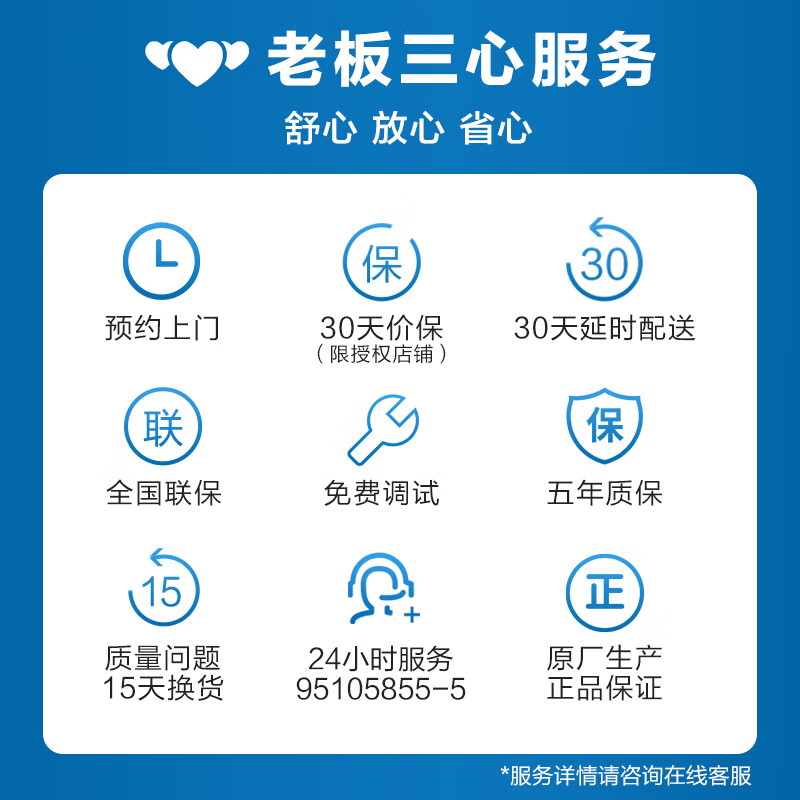

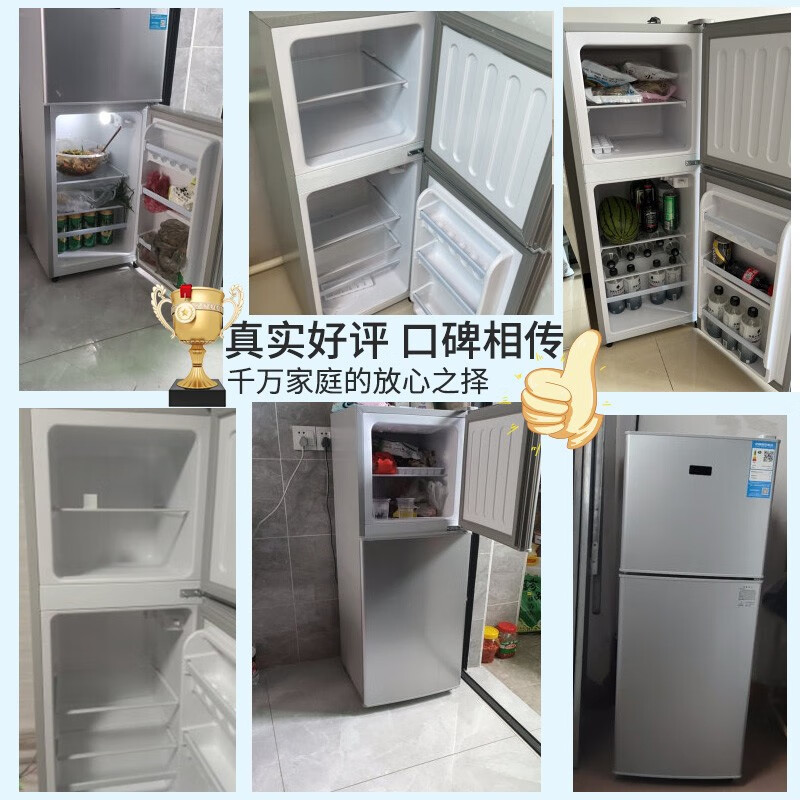


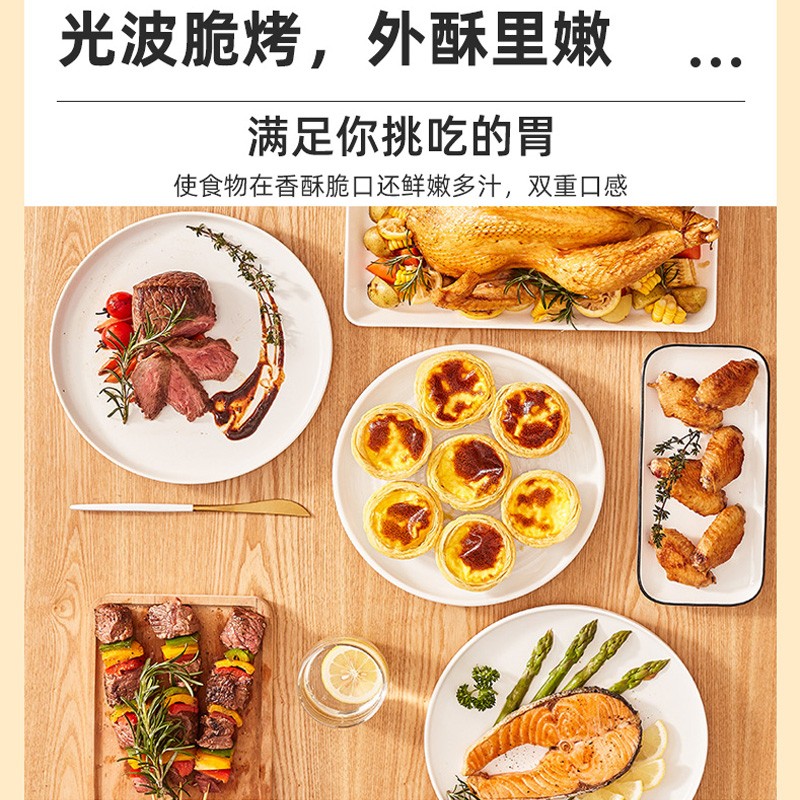

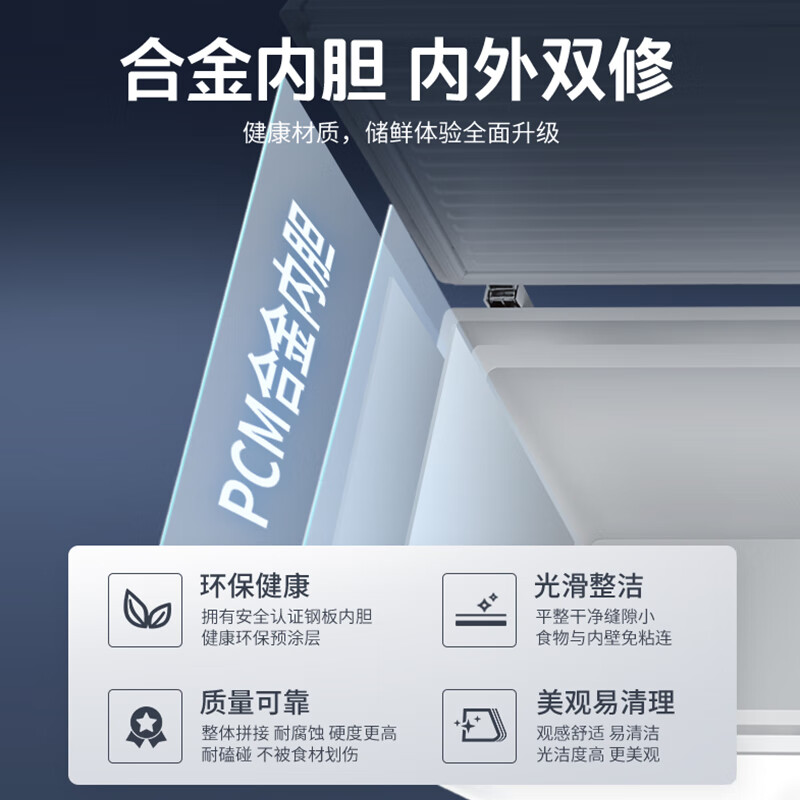
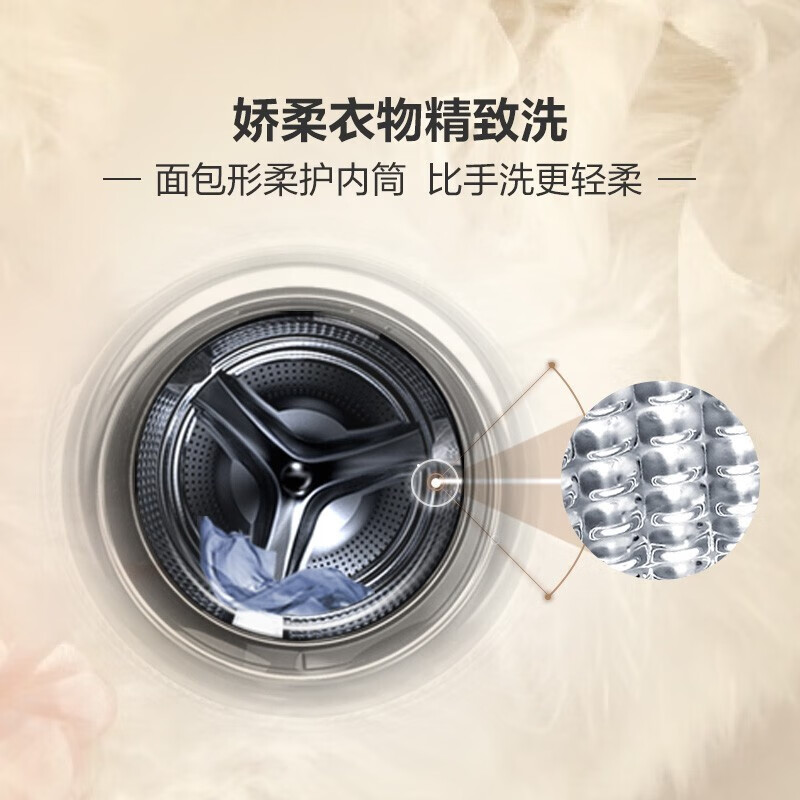












还没有任何评论,你来说两句吧